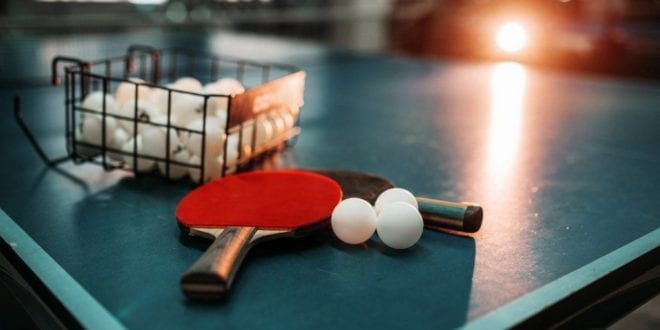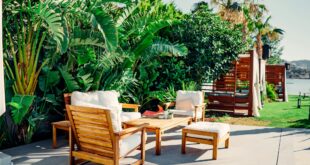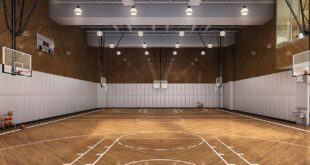It is pretty sure that most ping pong players have asked this question.
Of course, answering this query is quite essential. After all, by knowing its overall specifications, you’ll be able to determine if a particular ping pong table has a good build or not.
Without further ado, let’s get things started.
Table Top Material
When it comes to tabletops, manufacturers opt to use different materials. The decision to use a type of material is dependent on the intended application of the ping pong table.
Indoor Ping Pong Table
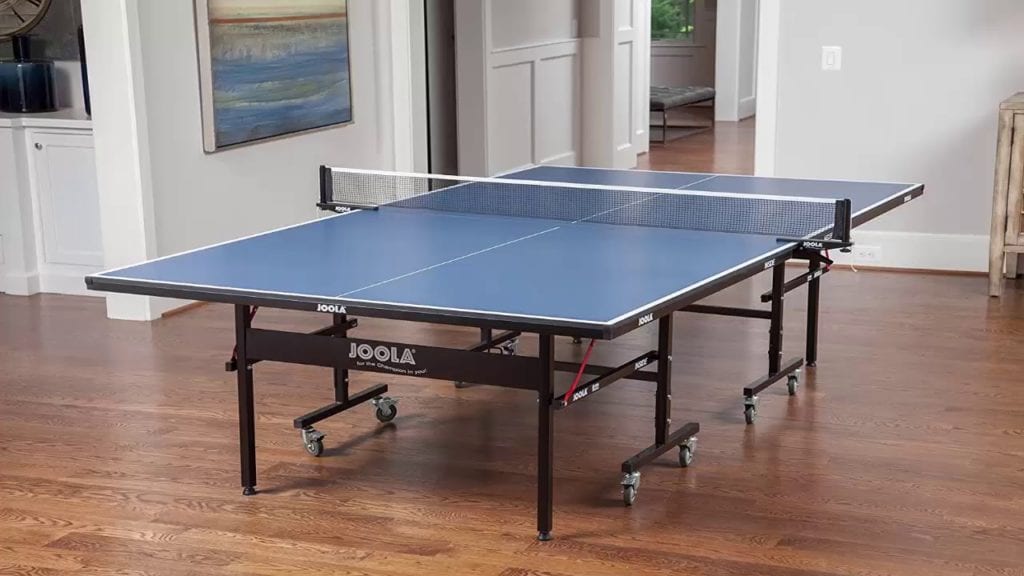
At this point, we can divide the categorization into two: outdoor and indoor. For indoor ping pong tables, most of the high-quality units out there are made from wooden materials such as plywood.
But over time, we can also see indoor tables that are tailored from particleboard, medium-density fiberboard (MDF), and even special-grade plastic. All of these materials are capable of creating consistent ball bounce.
If you are looking for a professional indoor ping pong table, you should find those that have tabletops that are constructed from MDF. They offer the best consistency and correctness on the trajectory of the ball.
Outdoor Ping Pong Table
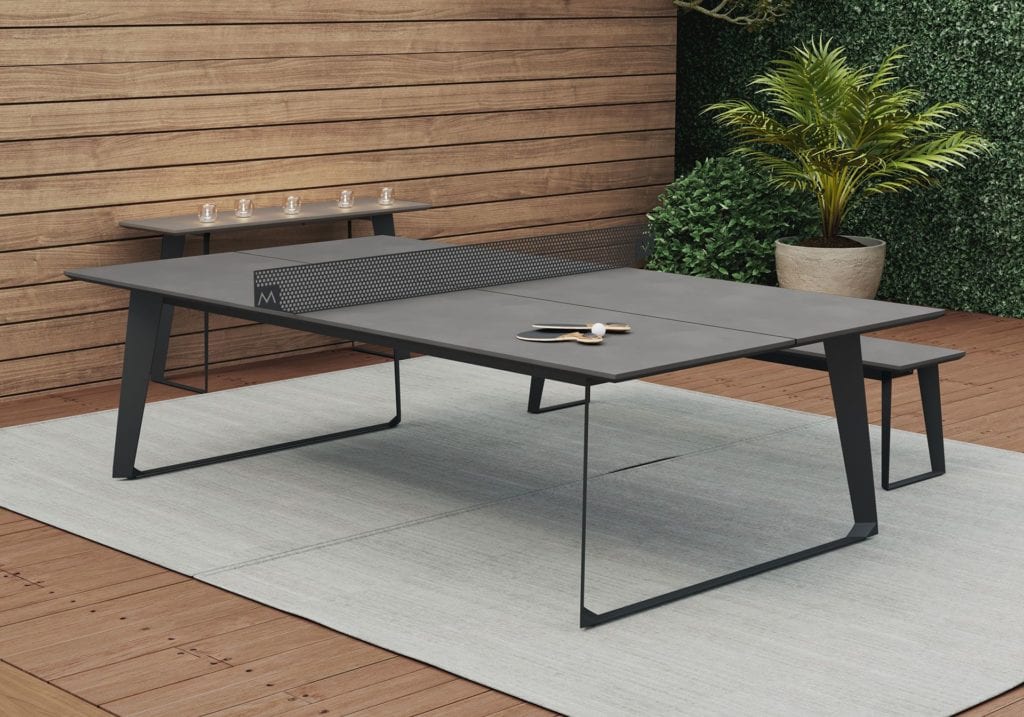
Meanwhile, you can expect that conditions in the indoor setting are just the same when you are playing outdoors. When you are out in the open, various elements can actually harm the table.
From the heat of the sun to the moisture that is brought by the wind, all of these things can ruin most indoor tables out there. Therefore, for individuals who want to play ping pong outdoors, they have to get those units that have aluminum tabletops.
Aluminum is resistant to rust and corrosion. It is not easy to be breached by water, and it is also impermeable to the effects of high and low temperatures.
Furthermore, manufacturers love to use aluminum because it offers the same kind of bounce consistency, such as MDF and thick plywoods.
Alternatively, there are outdoor ping pong tables that are using composite materials. It could be a combination of aluminum, fiberglass, or other materials that are element-resistant.
Sure enough, it makes you wonder what the best options that you have for indoor and outdoor ping pong tables are. If that baffles you, it suggested that you check this page KingKongPong.com so that you can explore the top-rated ping pong tables today.
The Paint

According to the specifications given by the International Table Tennis Federation (ITTF), a standard ping pong table should have a dark paint. It should also have a clear outline in its edges to determine the legal playing boundaries.
Here are some of the official recommendations given by the ITTF when it comes to painting a ping pong table.
- The sidelines and the central line should be taped first. The line in the middle should have a width of 1/8 inches while the sidelines are 3/4 inches wide.
- After that, you can paint the table with the use of a roller. Make sure that the paint you use has a matte finish with a specular gloss of 60 degrees at maximum.
- Again, don’t forget that the paint should be dark. Preferably, it should be dark shades of blue, green, or black.
- Take note that the CIELAB of ping pong tables should be 44% light. Furthermore, their surface should be free from any flaws and unnecessary textures.
- A primer has to be applied first when painting a ping pong table. After that, two coats of paint will be applied.
- You can only remove the tapes on the center and edges of the table if the main paint has totally dried already.
Meanwhile, for professional-grade and tournament-ready ping pong tables, the type of paint being used is alkyd paint. It is undeniable that this paint is the standard in the sport.
Aside from producing exceptional smoothness on the surface, alkyd paints also add to the durability of the tabletop. They are also resistant to abrasion and corrosion, which makes them the ideal choice for competition units.
Notably, alkyd is only available in dark green and green.
Thickness Of The Table Top
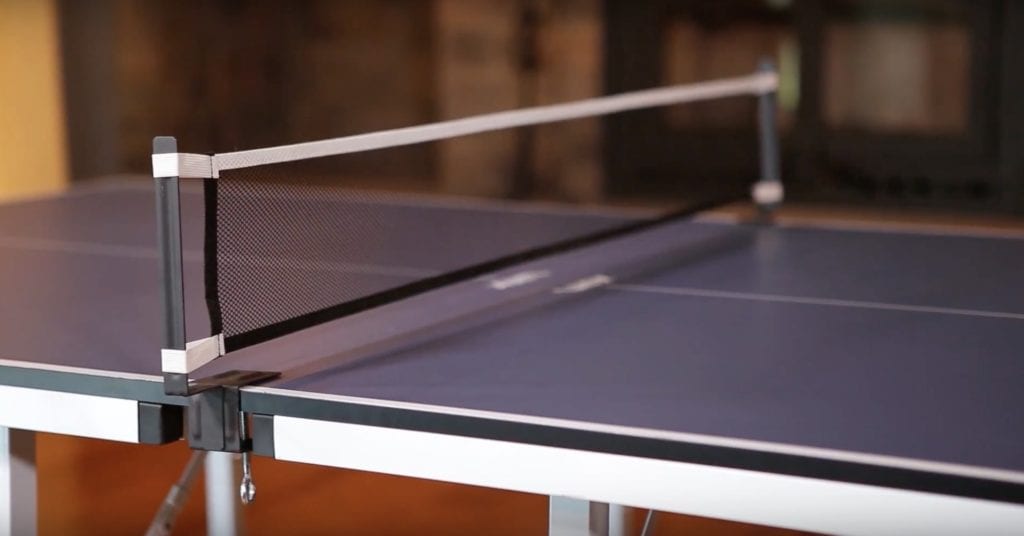
Ping pong tables follow a prescribed thickness on their board panels. The reason for this is simple: a thick table top offers better bounce than a thin one.
The minimum thickness of the table is 12mm. However, keep in mind that a thickness of 12mm is considered thin already; it doesn’t generate exceptional bounce to the ball.
When choosing a ping pong table, make sure that its tabletop has a thickness that ranges from 25 mm to 30mm. They are the ones that can yield the best results whenever you are playing.
Meanwhile, the standard height of the bounce should not go any lower than 23cm. High-quality ping pong tables can give you a bounce of 30cm because they have the appropriate thickness and construction.
Undercarriage And Legs
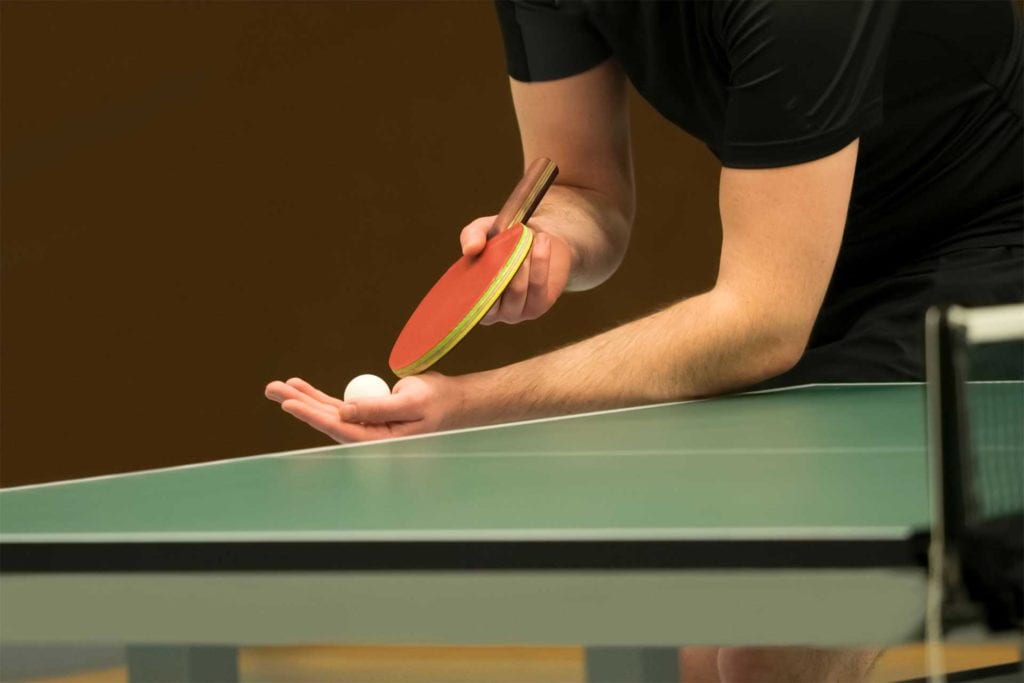
Most entry-level ping pong tables have frames that are made from aluminum. While it is true that aluminum makes a great tabletop, it is not a good choice for making a frame.
Aside from being flimsy, aluminum does not offer sufficient stability to the entire table. As a result, they cause the table to shake or wobble from time to time.
A high-quality ping pong table should feature heavy-gauge steel tubings on its undercarriage. They are the ones that can ensure that the frame can provide adequate durability and stability to the playing surface.
The legs of the table can be either square tubular or oval in shape. It should be made from the same material that has been used in the undercarriage.
Meanwhile, the wheels can either be made from rubber, steel, or a combination of both.
Conclusion
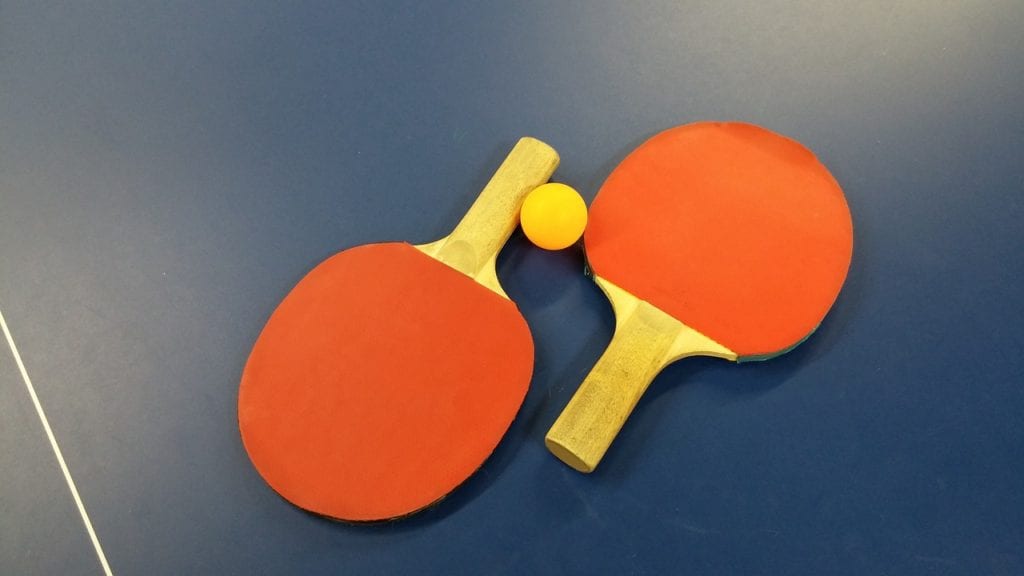
This is the basic anatomy of a ping pong table. Now that you have seen it, you already realized that not all ping pong tables have the same build.
If you want the best ones, you should at least consult the specifications that have been listed here. You’ll better enjoy ping pong and find it as a stress-free sport if you got a table that will not make your head fuzzy.
That’s it for now. If you have questions or suggestions, drop them in the comment section below.
 Imagup General Magazine 2024
Imagup General Magazine 2024
